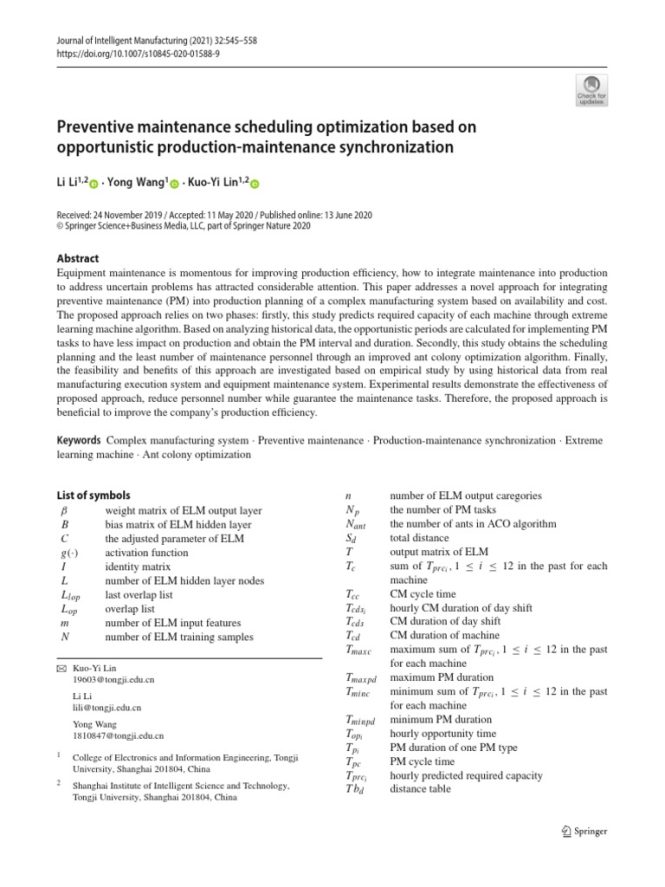

Scheduling fleet maintenance efficiently is paramount for minimizing downtime and maximizing the lifespan of your vehicles. A well-organized maintenance schedule prevents costly breakdowns and ensures smooth operations. Fleet maintenance involves regularly servicing, inspecting, and repairing vehicles to maintain peak performance and reduce unexpected repairs. Many businesses struggle with inconsistent maintenance schedules leading to costly downtime and lost productivity. This article presents practical strategies for scheduling fleet maintenance effectively, minimizing downtime and maximizing fleet uptime. We’ll explore proactive maintenance, predictive analytics, and scheduling tools to help you optimize your maintenance processes. This article is structured to guide you through the key components of effective fleet maintenance scheduling, beginning with proactive strategies and progressing to practical implementation and optimization techniques.
Proactive Maintenance Strategies
Understanding the Importance of Preventative Maintenance
Proactive maintenance, focusing on preventing issues before they occur, is a cornerstone of efficient fleet maintenance. Regular inspections, servicing, and adhering to manufacturer recommendations are key components of a robust preventative maintenance plan. A detailed maintenance schedule should factor in the specific requirements of each vehicle and its usage patterns. Analyzing the usage frequency, workload, and environmental factors of each vehicle in your fleet can provide insights into its specific maintenance needs, allowing for a more accurate schedule. This proactive approach helps minimize unexpected breakdowns, ensuring sustained vehicle performance and reliability. Regular maintenance also helps to extend the lifespan of your fleet and potentially reduce the total cost of ownership. A preventative maintenance strategy should be integrated into your company’s overall operational schedule, and it can be implemented using digital tools.
Predictive Analytics for Anticipating Needs
Leveraging Data for Improved Scheduling
Predictive maintenance, utilizing data analysis to predict potential failures, allows for proactive intervention. Implementing systems for capturing data regarding vehicle performance, usage patterns, and maintenance history allows for predictive modeling, identifying potential issues before they escalate. Data analysis can reveal trends and patterns, allowing you to proactively schedule maintenance before critical failures occur. This approach is particularly valuable in mitigating costly unexpected repairs. By analyzing historical data, current usage metrics, and environmental conditions, predictive maintenance systems can anticipate potential failures, allowing for timely intervention and minimizing costly downtime. This advanced approach to fleet management can significantly improve operational efficiency.
Choosing the Right Scheduling Tools
Optimizing Your Workflow with Software
Effective scheduling tools are essential for managing complex fleet maintenance tasks. Scheduling software can help you organize maintenance schedules, track tasks, and manage resources effectively. Software tools can be particularly helpful in handling large fleets, allowing for detailed tracking of individual vehicle needs and planned maintenance activities. Implementing a robust scheduling system can streamline workflow and optimize resource allocation. Features such as automatic reminders, real-time updates, and integration with other management systems can be integral components. These systems often offer reporting capabilities, providing insights into maintenance costs, downtime, and resource utilization.
Implementing a Robust Scheduling System
Creating a Detailed Maintenance Schedule
A well-defined maintenance schedule is critical for consistent maintenance and optimized resource allocation. The schedule should be detailed enough to outline maintenance tasks, required personnel, and relevant parts. This detailed schedule ensures smooth operations. When establishing a maintenance schedule, consider the different aspects of your fleet, including vehicles, personnel, parts and resources. Consider using a structured approach to creating the schedule. A comprehensive schedule can help to ensure consistent maintenance and optimized resource allocation, allowing you to anticipate and address potential issues. Regular review of the schedule and proactive adjustments are important, ensuring the schedule remains relevant and effective.
Related Post : Ignoring Routine Vehicle Upkeep Costing Your Business Money?
Communication and Reporting
Maintaining Open Communication Lines
Effective communication is essential for ensuring that maintenance activities are executed as scheduled. Regular communication between technicians, supervisors, and fleet managers is essential. Clear communication regarding maintenance tasks, issues, and progress is crucial for seamless operations. Establishing clear communication channels between your maintenance teams and other relevant stakeholders in the company will prevent misunderstandings and potential delays in scheduling. This open communication will ensure that every member of the team remains informed about the status of tasks and can address potential issues quickly. Utilize reporting mechanisms to track progress and identify areas that need improvement. By implementing efficient communication and reporting systems, businesses can mitigate delays and ensure timely resolution of potential problems. Timely communication about any changes to the schedule and potential problems will lead to a more efficient maintenance plan.
Q: How can I minimize downtime during fleet maintenance?
A: Minimizing downtime during fleet maintenance requires a proactive approach. Implementing predictive maintenance measures to anticipate potential failures, coupled with a detailed and comprehensive scheduling system to minimize scheduling conflicts, is crucial. Prioritizing timely communication and clear reporting mechanisms between your team can greatly reduce potential delays.
Q: What are some examples of scheduling tools I can use to optimize my fleet maintenance?
A: Several excellent scheduling tools exist to help optimize fleet maintenance. Some options include scheduling software, which allows you to create a detailed schedule, assign tasks, manage resources, and track progress. Other options include mobile scheduling apps that allow real-time updates and task management. Choose a system that aligns with your company’s specific needs and resource constraints.
In conclusion, efficiently scheduling fleet maintenance is crucial for minimizing downtime and maximizing operational efficiency. By implementing a comprehensive strategy that incorporates proactive maintenance, predictive analytics, and robust scheduling tools, businesses can significantly reduce unexpected disruptions and improve overall profitability. Prioritize training and communication among your team to ensure everyone understands the importance of adhering to the schedule and reporting any issues promptly. If you are still facing challenges with your fleet maintenance schedule, consider consulting with a fleet management expert for personalized guidance and support.